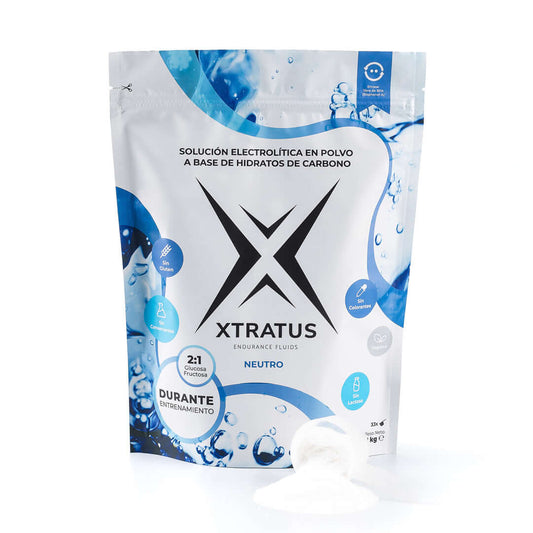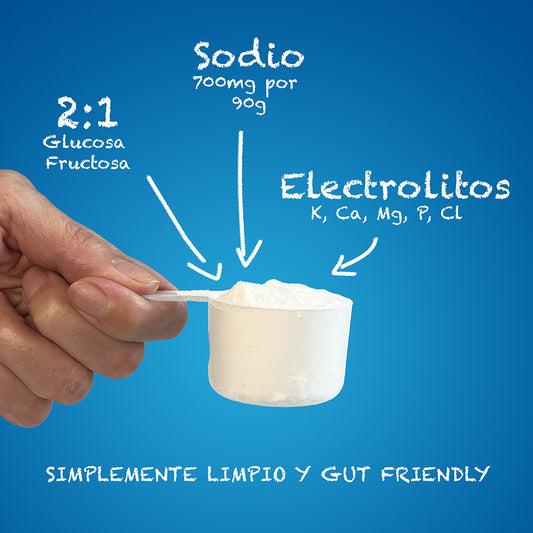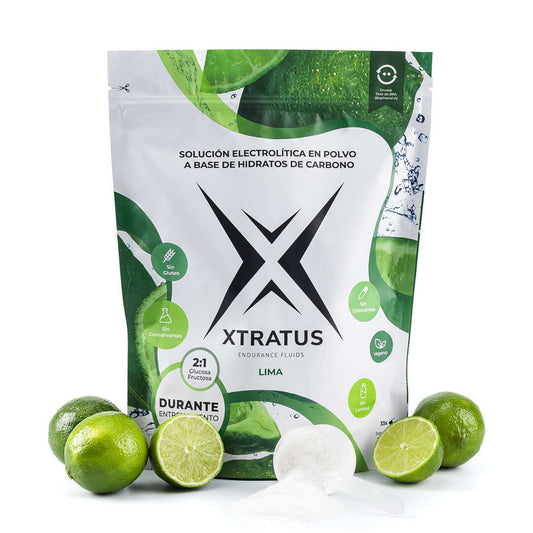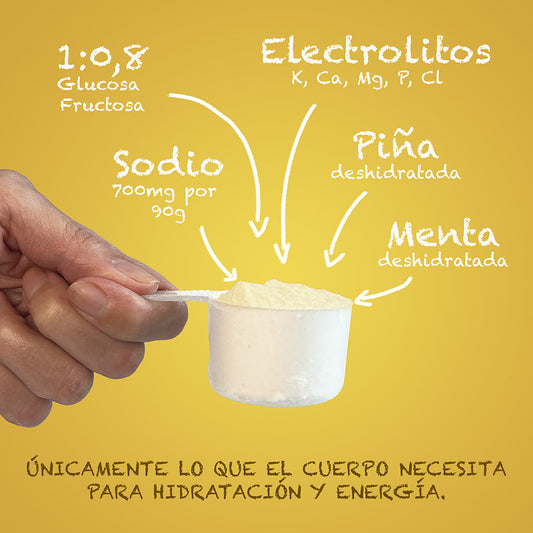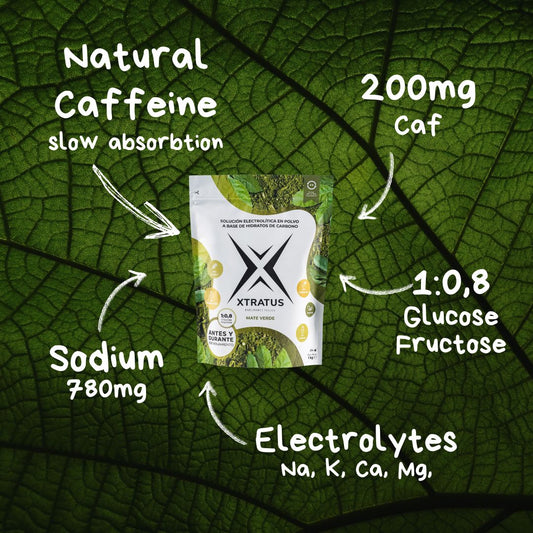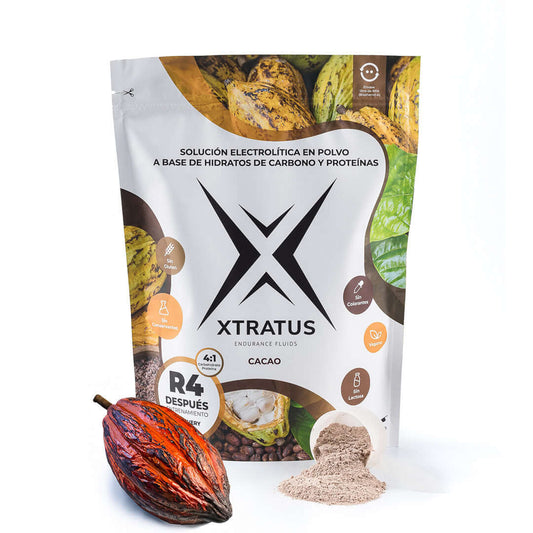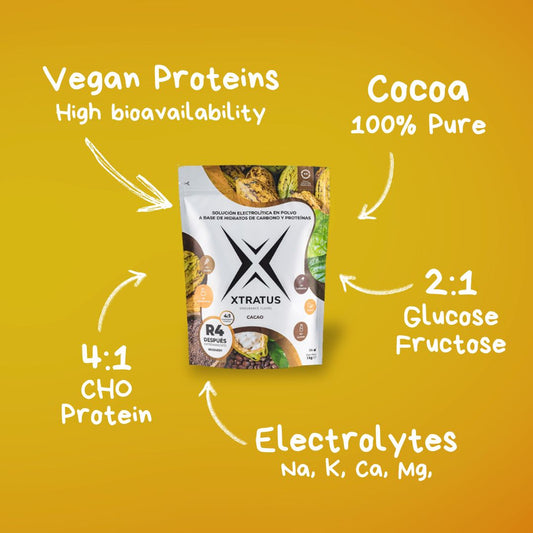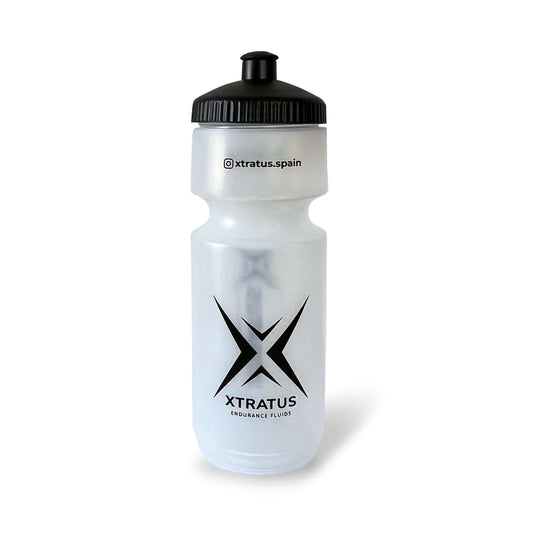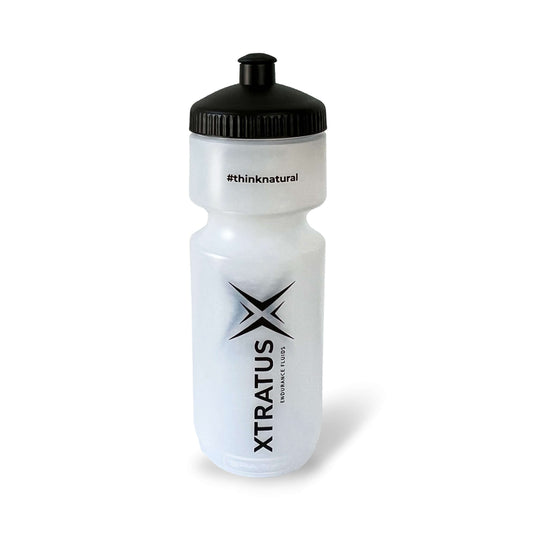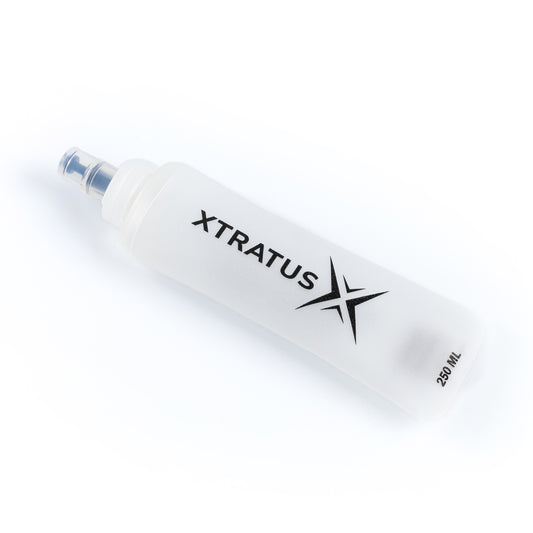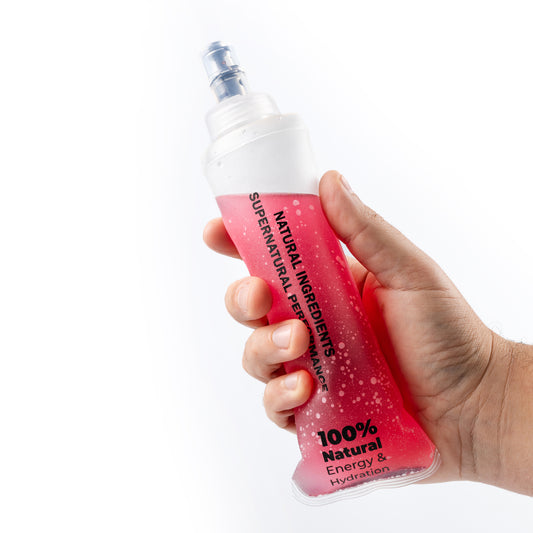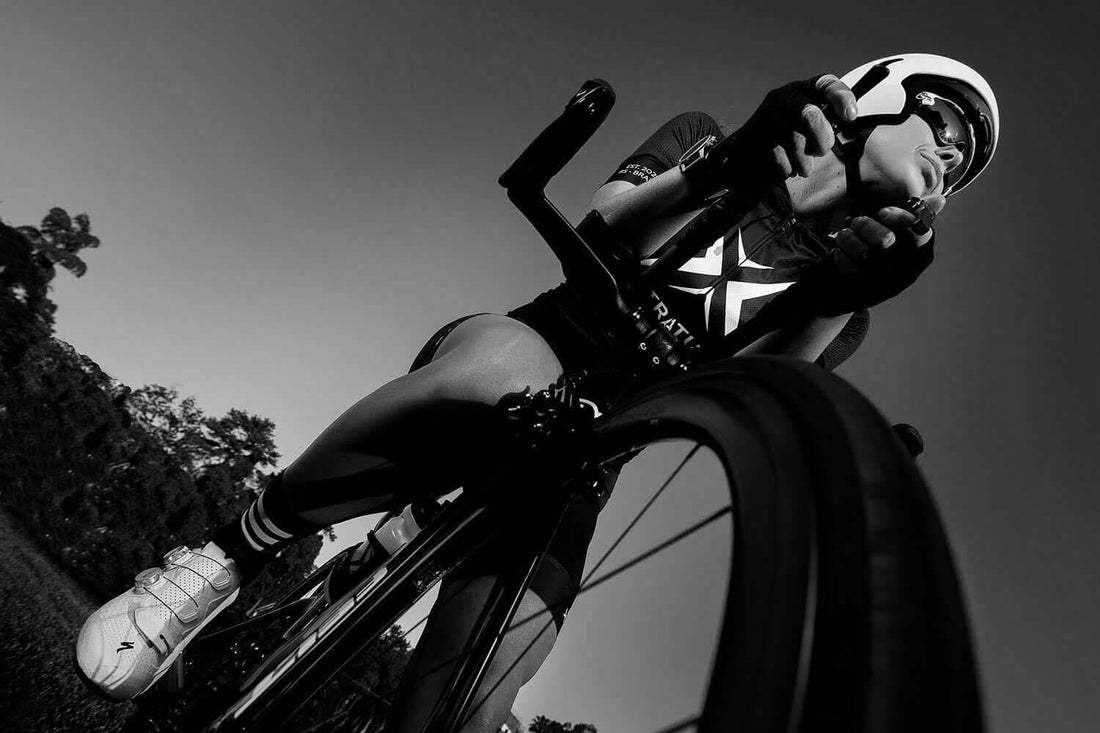
4 tips to keep energy on the bike
We know that the passion for cycling is very strong, for people of all ages. Whether it's for well-being, health, or just to enjoy the sport. But have you ever stopped to think about where the energy you use to pedal comes from?
Generally speaking, the answer to this question is pretty clear: energy comes from the body!
It may seem simple, but this process requires a little more understanding than you think. Our bodies hide many interesting details about how they work, but everything happens perfectly. And that's what we're going to talk about now! Read on to learn more.
What happens to your body while you ride a bike?
The first point to understand about this energy is how our body produces it. In the case of a bicycle, when you pedal, your leg muscles contract, generating mechanical energy to move the bike pedals.
Basically, to keep pedaling, the muscles need to constantly generate energy, and To do this, they use the glucose stored in the muscles and blood..
Glucose, you've probably heard of it.
It's present in foods with carbohydrate sources and is a simple sugar. That means there are plenty of options!
This is stored in the liver and muscles in the form of glycogen and the body uses it to generate energy during exercise.
So, it's essential that you discuss your carbohydrate consumption strategy with a nutritionist based on your training goals. This is also linked to your diet and intake before, during, and after training.
A diet for your challenge
Questions about the best carbohydrate consumption strategy for cyclists are common.
Ultimately, is it better to invest in a good workout during your workout, or can we meet this need throughout the day? That depends on your goal!
If you want to improve your athletic performance, you need to follow a periodized training cycle. Within this cycle, there are several high-intensity training sessions, during which your body will use glucose as an energy source.
Plus, you're also competing at moderate to high intensity. So, there's no way to change your physiology or biochemistry.
That's why, yes, You will benefit from consuming good sources of carbohydrates in adequate quantities.
And for burning fat?
If your challenge is to oxidize fats, you can choose not to eat carbohydrates.
That doesn't mean you have to make that decision, but it exists!
This way, you can achieve significant results in losing body fat and increasing your metabolic flexibility.
However, your muscle contractile capacity will be reduced. That is, you'll finish the training or competition, but you won't reach your maximum strength or endurance capacity.
4 tips to include in your routine and maintain your energy levels while cycling
Now that you know where your energy comes from, we've prepared four essential tips for you to include in your routine, during training, race preparation, and cycling.
1. Consume carbohydrates before exercise.
As explained above, consuming carbohydrates before cycling helps maintain blood glucose levels, providing more energy for exercise.
Good options are fruits, cereals and whole-grain breads.
2. Eat small snacks while pedaling.
If you're going racing or riding long distances, don't forget to eat small snacks while you ride.
This helps your body maintain energy levels throughout your workout.
Go for cereal bars, nuts, and coconut.
3. Always hydrate
Water and other sports drinks during and after cycling are essential to help maintain your body's hydration and prevent muscle fatigue.
Don't forget to hydrate during exercise too!
4. Use energy supplements.
Some energy supplements, such as energy gels and energy drinks, can help you maintain your energy levels.
As a tip, the Xtratus before and afters are formulated with fast-absorbing carbohydrates, with ideal ratios of glucose and fructose. You can learn more at the links below:
- Before and during beetroot with nitrate
- Before and during yerba mate with caffeine
- During neutral
- During with lime
With these tips, you can maintain your energy levels while cycling and enjoy all the benefits of this physical activity.
Don't forget to share this information with your groupmates so they can follow your rhythm. 🙂
Written by Elizabeth Chávez Moraes
Clinical Nutritionist
and Sports, Federal University of Minas Gerais, Brazil (UFMG). NCR 58699
Instagram: @lilismoraes



